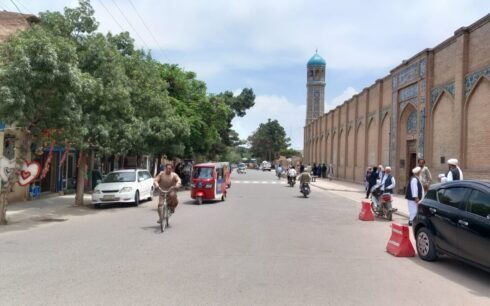The United Nations World Food Program has called for $650 million in emergency funding to sustain its operations in Afghanistan through the end of 2025, warning that more than 9.5 million people are facing severe food insecurity in the country.
According to the agency, at least 4.6 million mothers and children are suffering from malnutrition, while two-thirds of households led by women are unable to afford even basic food staples. Afghan women and girls—already facing sweeping restrictions on education, work and public life—are among the most at-risk in the current crisis.
While food assistance in recent years has helped stave off famine for millions, a sharp drop in funding has forced the program to scale back dramatically. In May, the WFP said it had to suspend all emergency food distributions and could now reach only one million people over the summer. Another 8.5 million Afghans who had previously relied on aid will go without.
The nutrition outlook is similarly dire. Some 3.5 million children under five and 1.2 million pregnant or breastfeeding women require urgent nutritional treatment this year, the agency said.
Since the Taliban returned to power in 2021, Afghanistan has faced a mounting humanitarian crisis, exacerbated by economic collapse, drought, and international isolation. Aid organizations have repeatedly expressed concern over the worsening conditions, particularly for women and children, amid shrinking humanitarian budgets and escalating need.





